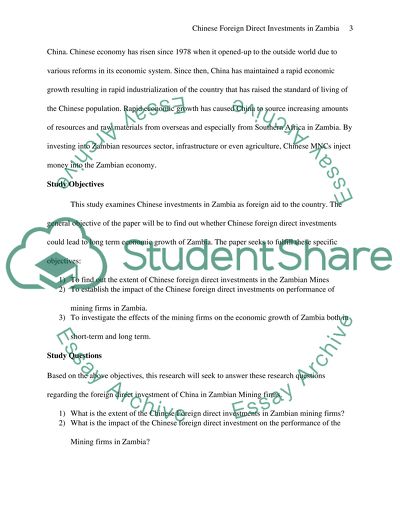Cite this document
(“Chinese Foreign Direct Investment Research Paper”, n.d.)
Retrieved from https://studentshare.org/macro-microeconomics/1462419-chinese-foreign-direct-investment-in-zambia-with-a
Retrieved from https://studentshare.org/macro-microeconomics/1462419-chinese-foreign-direct-investment-in-zambia-with-a
(Chinese Foreign Direct Investment Research Paper)
https://studentshare.org/macro-microeconomics/1462419-chinese-foreign-direct-investment-in-zambia-with-a.
https://studentshare.org/macro-microeconomics/1462419-chinese-foreign-direct-investment-in-zambia-with-a.
“Chinese Foreign Direct Investment Research Paper”, n.d. https://studentshare.org/macro-microeconomics/1462419-chinese-foreign-direct-investment-in-zambia-with-a.


